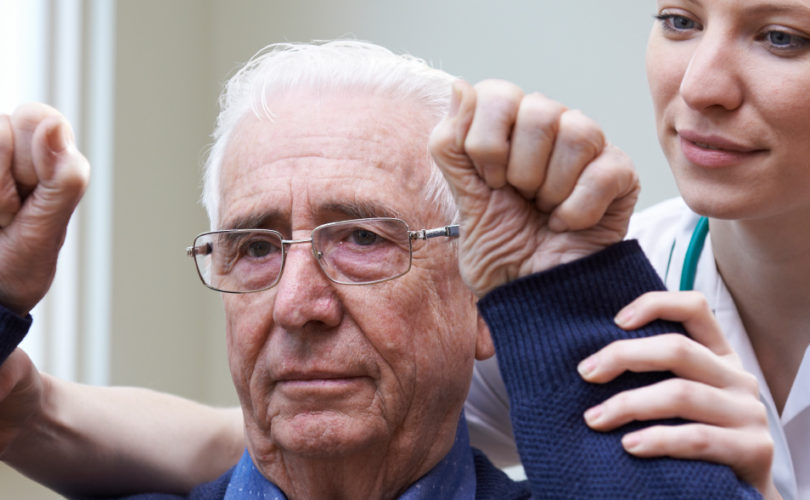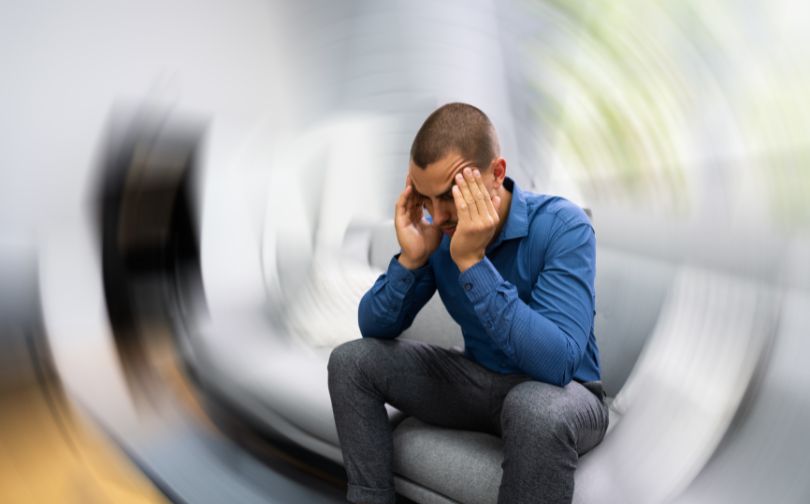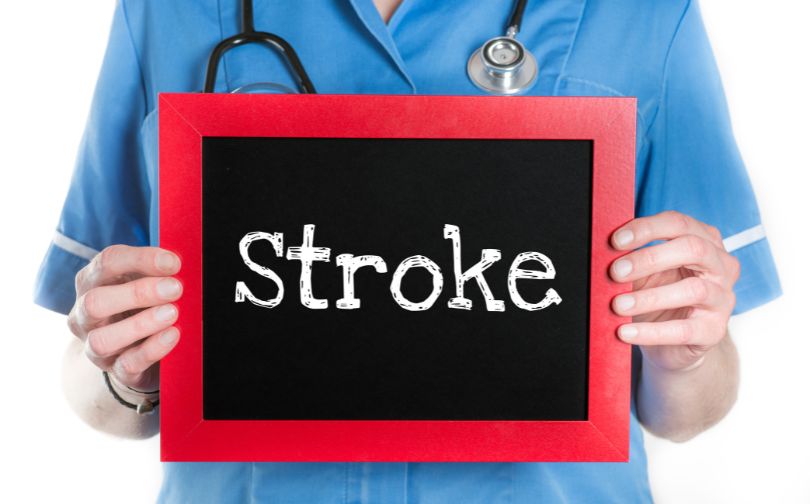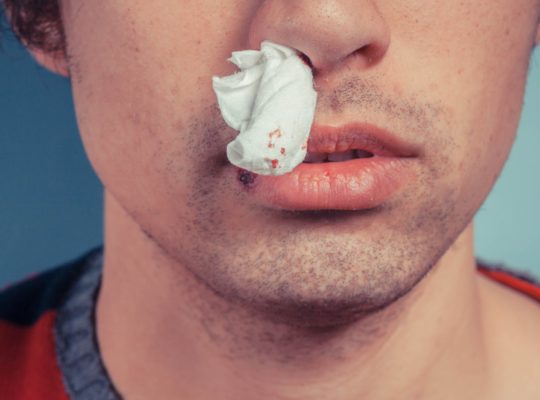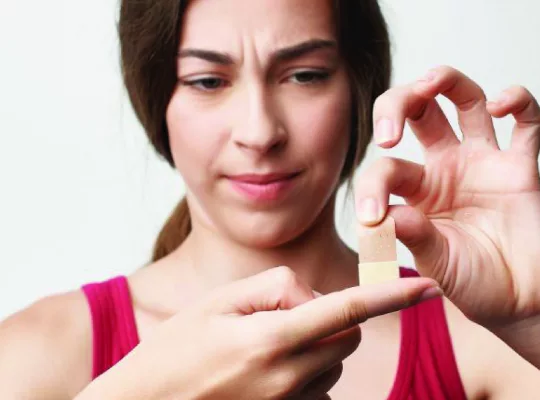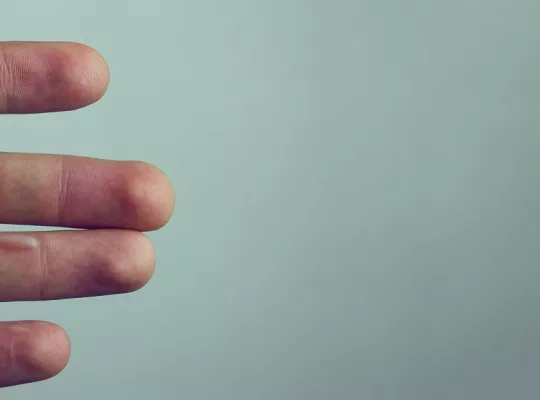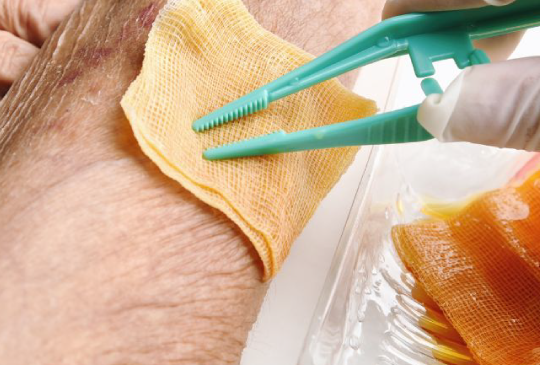Recognizing the signs of a stroke can mean the difference between life and irreversible damage. Each second after a stroke occurs, brain cells begin to die—making swift action critical. Yet, many people feel unprepared when faced with such an emergency, unsure of how to respond or what steps to take.
Strokes are among the leading causes of death and disability worldwide. Knowing how to provide immediate first aid can help minimize long-term effects and increase the chances of recovery. Despite the importance of this knowledge, it’s often overlooked or misunderstood, leaving countless individuals vulnerable.
This guide will break down essential first-aid techniques for strokes, offering clear steps you can follow during this critical time. By the end, you’ll feel more confident in your ability to act quickly and effectively when it matters most.
What is a Stroke? What are the Signs?
A stroke is the result of a burst or clot in a blood vessel that disrupts the flow of blood and oxygen to the brain. Time is of the essence. Every second that passes, the brain sustains damage. The faster someone can receive treatment or first aid for a stroke, the more likely they are to survive and recover.
Treatment will depend upon the type of stroke you are having and its severity. This may be as simple as emergency IV treatment or as invasive as brain surgery.
There are three types of strokes:
- Ischemic Stroke is the result of a clot. 87% of strokes fall under this category.
- Hemorrhagic strokes are uncontrolled bleeding in the brain from burst blood vessels.
- Transient ischemic attack (TIA): This is a warning stroke or a “mini-stroke.” TIAs are medical emergencies and present with the same symptoms as hemorrhagic or ischemic strokes. Seek the help of a professional even if the symptoms subside.
Symptoms of a Stroke
Use the acronym F.A.S.T to spot signs of stroke.
- Face drooping: Ask the person to smile. If one side of the face droops, call 911.
- Arm weakness: Have the person raise both arms to their sides and count to ten. If one arm begins to fall, this could be a sign of a stroke.
- Speech difficulty:Ask the person to repeat a simple sentence. Are they able to repeat the phrase? Is the speech slurred or jumbled?
- Time: Every second counts in the event of the stroke. If you observe any of these symptoms or suspect a stroke, act fast. Call 911 and seek assistance from a medical professional.
Other symptoms include:
- Balance or Vertigo
- Memory loss
- Paralysis or numbness on one side of the body
- Vision problems (blurred, seeing double, or vision loss)
- Headache
- Nausea or vomiting
Administering First Aid for a Stroke:
While a stroke needs to be addressed by a medical professional, some first aid for a stroke victim can occur before an ambulance arrives.
- Remain calm.
- If you suspect a stroke, call 911 immediately. Do not drive the patient to the hospital yourself unless otherwise advised. Wait for paramedics so they can begin treatment before they arrive at the hospital.
- If they are conscious, prop up their upper body and loosen any tight clothing like ties or belts. Make sure their airway is clear.
- If they are unconscious, place them on their side (recovery position) and ensure the airway remains clear. You can also use different tools to clear the airway.
- DO NOT give the patient water, food, or aspirin as it can delay treatment or worsen the situation.
The likelihood of strokes increases with:
- Smoking
- Obesity
- High cholesterol
- High blood pressure
- Diabetes
- Sleep apnea
- Age
How to Decrease the Risk of Having a Stroke?
Decrease your risk for stroke by taking care of yourself. Eat healthy, exercise regularly, and limit your alcohol intake. See your general practitioner regularly to evaluate your health and risk factors. Consult your doctor about your susceptibility to stroke. They may put you on medication to reduce your risk.
A stroke can happen to anyone, anyplace, anytime. Be aware of the symptoms to respond fast and save a life.
Conclusion
Recognizing and responding to the signs of a stroke can save lives and significantly reduce long-term damage. Strokes occur when blood flow to the brain is disrupted, often caused by a clot or a burst blood vessel. Knowing the types of strokes—ischemic, hemorrhagic, and transient ischemic attacks (TIAs)—is key to understanding the condition and its severity.
The F.A.S.T. acronym (Face drooping, Arm weakness, Speech difficulty, Time) serves as a vital guide to identifying symptoms. Additional signs, such as vision problems, headaches, or paralysis, also warrant immediate attention. Calling 911 and administering first aid, such as positioning the patient properly and clearing their airway, can make a critical difference while waiting for professional help.
Finally, adopting a healthy lifestyle—balanced nutrition, regular exercise, and medical checkups—can lower stroke risk. Awareness and preparedness empower you to act decisively when every second matters.
FAQs
Can You Give Food or Drink to Someone Having a Stroke?
No, avoid giving food or drink. Stroke may impair swallowing, raising the risk of choking or aspiration pneumonia. It’s crucial to wait for medical professionals to evaluate the person before offering anything orally. Quick intervention is essential, but swallowing must be assessed first.
What Should You Do While Waiting for Emergency Services?
While waiting for emergency services, keep the person calm and ensure they lie down with their head slightly elevated. Loosen any tight clothing and monitor their breathing. Be prepared to perform CPR if necessary. Also, make a note of when the symptoms first appeared.
Why Is Time So Important During a Stroke?
Time is critical during a stroke because quick treatment can prevent long-term damage. For ischemic strokes, clot-busting medication like tPA should be administered within 4.5 hours for effectiveness. Delaying treatment increases the risk of permanent disability or even death, so rapid intervention is key.
What Are the Common Warning Signs of a Stroke?
Common warning signs of a stroke include sudden weakness or numbness on one side, facial drooping, slurred speech, confusion, loss of balance, vision problems, and severe headaches. If you notice any of these symptoms, seek immediate medical attention, as quick action can save lives.

